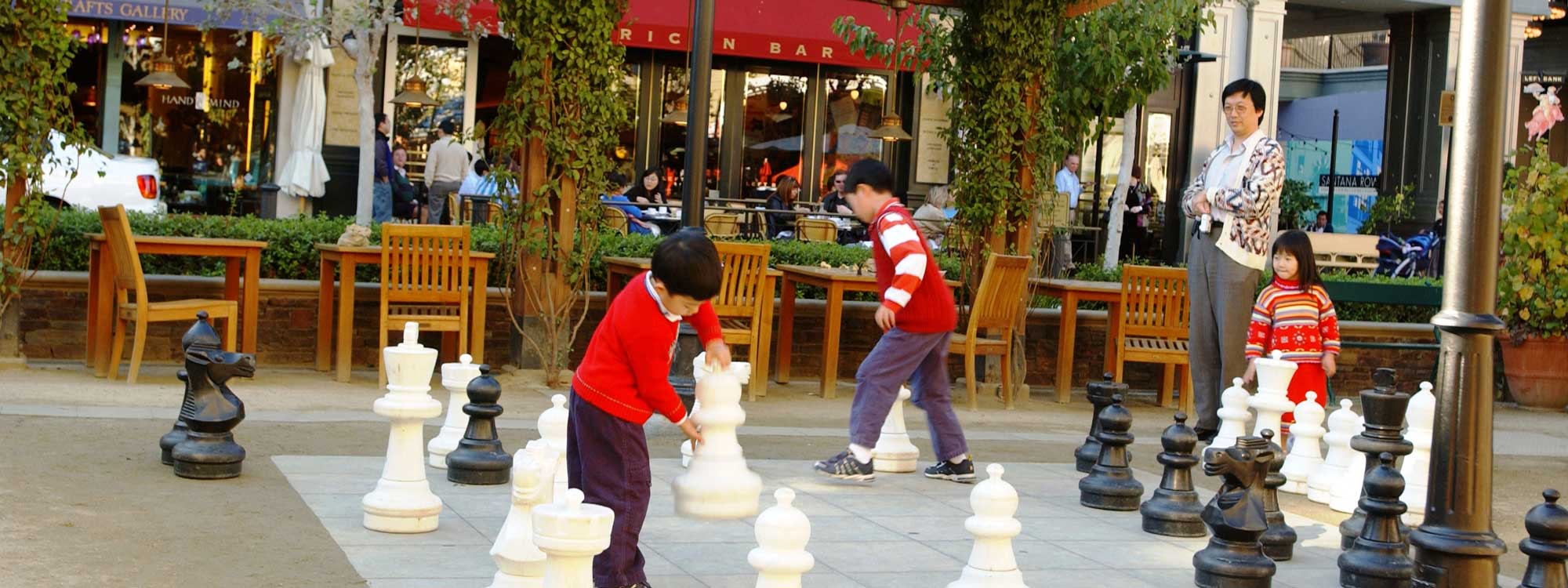Community advocacy isn’t difficult. In fact, it’s pretty rewarding and it’s easy when you have help. If your city or town is kicking off a planning process, these five things will help you prepare.
5 Tips for Any Advocate
- Research what planning has been done so far and what to expect
- Understand how neighborhood plans are structured
- Research previous plans and parallel efforts
- Get to know the community players
- Prepare to engage your neighbors
Evaluate Your Neighborhood
Download our Community Advocacy Checklist for a quick start at evaluating your neighborhood and finding what could improve. It has four activities that will help you identify your neighborhood’s most important assets, isolate problem areas, and highlight its untapped resources.
The check list includes how to’s on:
- Photography Projects
- Mental Mapping
- Physical Mapping
- Walk/Bike Audits
Applying the 5 Tips in San Jose
A great place to get involved in community advocacy is San Jose. The City is doing a community-based revamp for 70 of its neighborhoods called urban villages [infographic]. Our Urban Village Toolkit “Getting Started” section gives you the details and resources on how to be successful using the five steps above—from where to find information, to who the players are, to influencing your urban village plan. The Toolkit also has great ideas and resources for residents of other cities who want help with their advocacy efforts.
Get the Urban Village Toolkit



